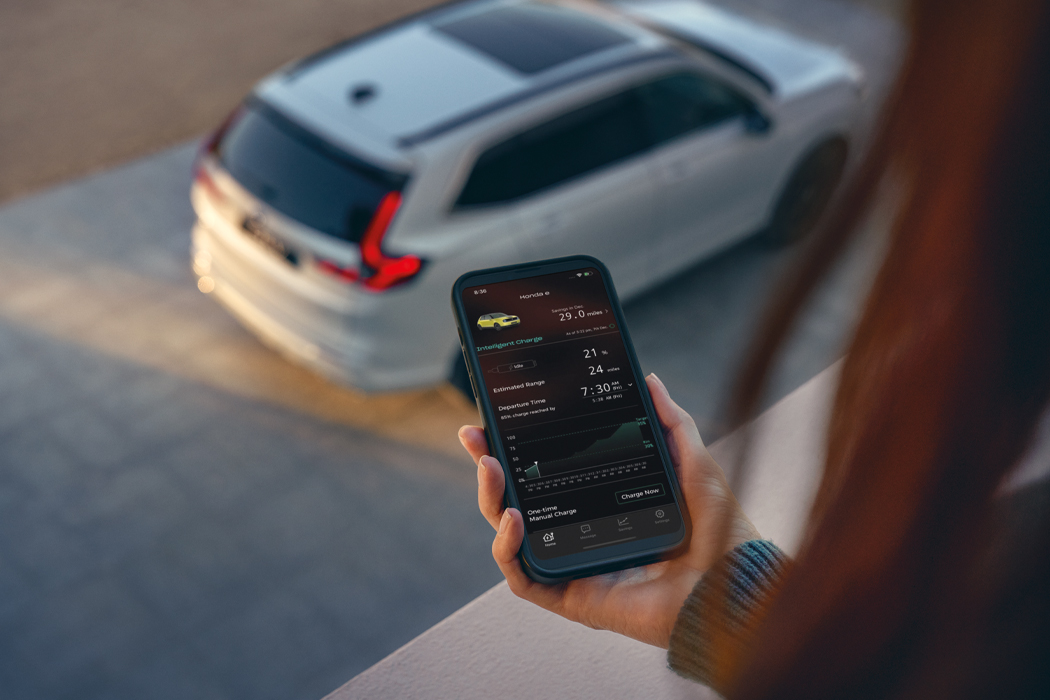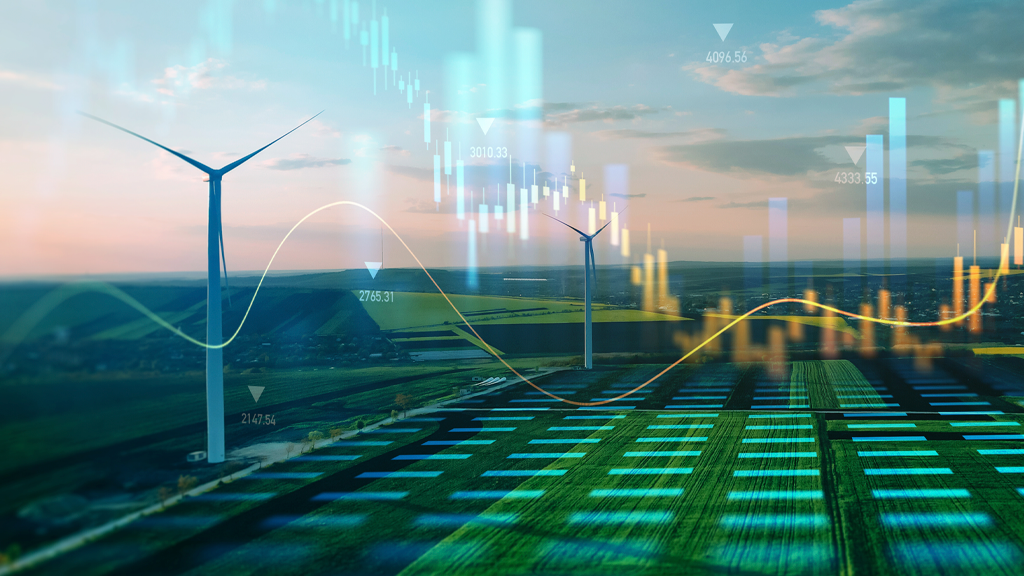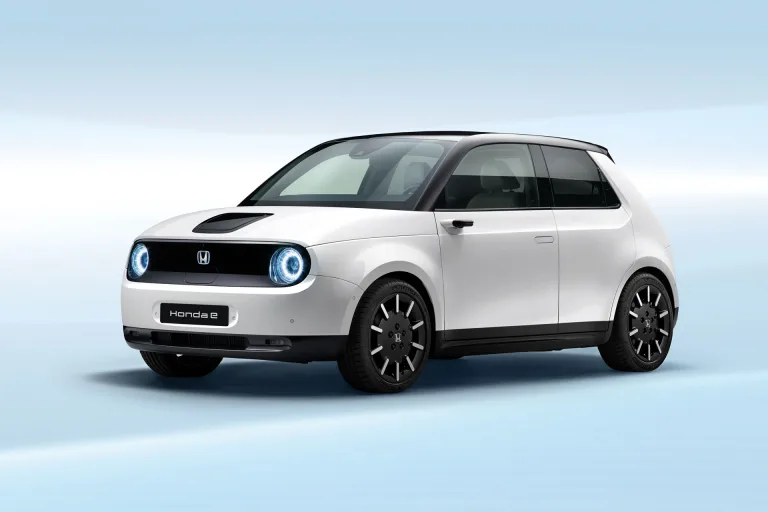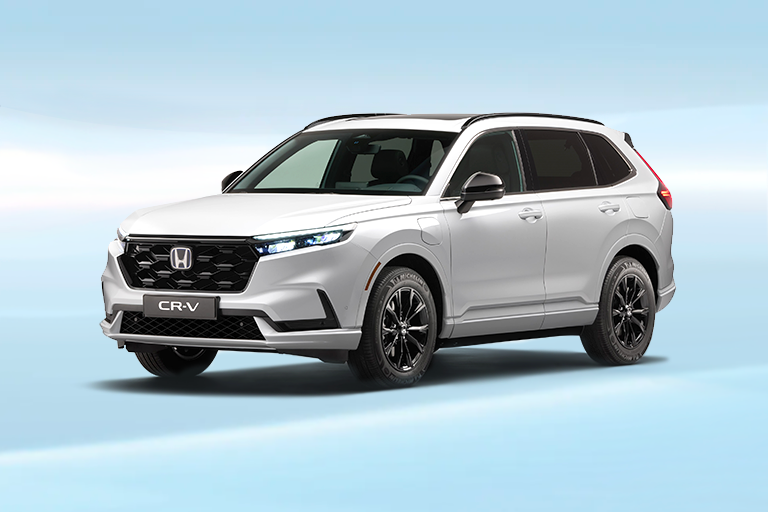What is V2G?
Vehicle-to-Grid (V2G) technology transforms your electric vehicle (EV) into more than just a mode of transport; it becomes an active participant in the energy ecosystem. By enabling a bidirectional (two-way) flow of electricity, V2G allows your EV to both draw energy from and supply energy back to the grid. This dynamic interaction helps balance energy supply and demand, supports the integration of renewable energy sources, and can even offer financial incentives to EV owners.
How Does V2G Work?
V2G technology is the two-way flow of electricity between your EV and the grid. When your car is plugged in, it can charge its battery during periods of low energy demand or high renewable energy generation.
Conversely, during peak demand times, your EV can discharge stored energy back to the grid, aiding in grid stability. This process is managed by sophisticated software that ensures your vehicle retains sufficient charge for your driving needs while optimising energy exchange with the grid.
Benefits of V2G
- Grid Stability and Renewable Integration: V2G enhances grid resilience by smoothing out fluctuations in energy supply and demand. It facilitates the integration of renewable energy sources, such as wind and solar, by storing excess energy during periods of high generation and releasing it when generation is low, similar to a home battery.
- Financial Incentives: By participating in V2G programs, you can potentially earn money or receive credits by supplying energy back to the grid during peak times when electricity prices are higher. This creates a new revenue stream for EV owners.
- Environmental Impact: Utilising V2G increases use of renewable energy, reducing reliance on fossil-fuel-based power plants during peak demand. Thereby decreasing greenhouse gas emissions and contributing to a cleaner environment.
Considerations and Challenges
While V2G offers numerous advantages, there are factors to consider:
- Infrastructure Requirements: Implementing V2G necessitates compatible EVs and supporting grid infrastructure. As of now, not all EVs and charging stations are V2G-capable, those that are, tend to come at significantly higher cost.
- Battery Degradation: Frequent charging and discharging cycles could potentially impact your EV’s battery lifespan. However, ongoing research aims to mitigate these effects.
- Regulatory and Market Factors: The success of V2G depends on supportive policies, market structures, and incentives, which can vary across different European countries. For example:
- Germany has developed legal requirements to enable bidirectional charging and is working on regulatory adjustments to support V2G technology.
- Similarly, Switzerland is progressing toward enabling V2G technology, like through the revised Electricity Act. This legislation eliminates double grid fees for energy fed back into the grid and establishes a flexibility market for local distribution network operators.

V2G in Europe
Europe is at the forefront of V2G adoption, with several initiatives and pilot projects underway:
- Switzerland: For fleets, Mobility and Honda’s V2X Suisse pilot demonstrated the technical feasibility of bidirectional charging by integrating 50 EVs into its fleet, enabling vehicles to supply energy back to the grid.
- United Kingdom: Trials like Octopus Energy’s Powerloop have demonstrated the feasibility and benefits of V2G technology, allowing EV owners to save on energy costs by supplying stored energy back to the grid during peak times.
- Europe-wide: Some automakers have developed V2G-capable vehicles which can feed electricity back to the grid, helping to balance supply and demand.
Conclusion
Vehicle-to-Grid technology represents a significant advancement in the synergy between transportation and energy sectors. By enabling your EV to interact dynamically with the grid, V2G offers environmental benefits, potential financial rewards, and contributes to a more resilient and sustainable energy system. As Europe continues to embrace renewable energy and smart grid solutions, V2G stands poised to play a pivotal role in the continent’s energy future.



